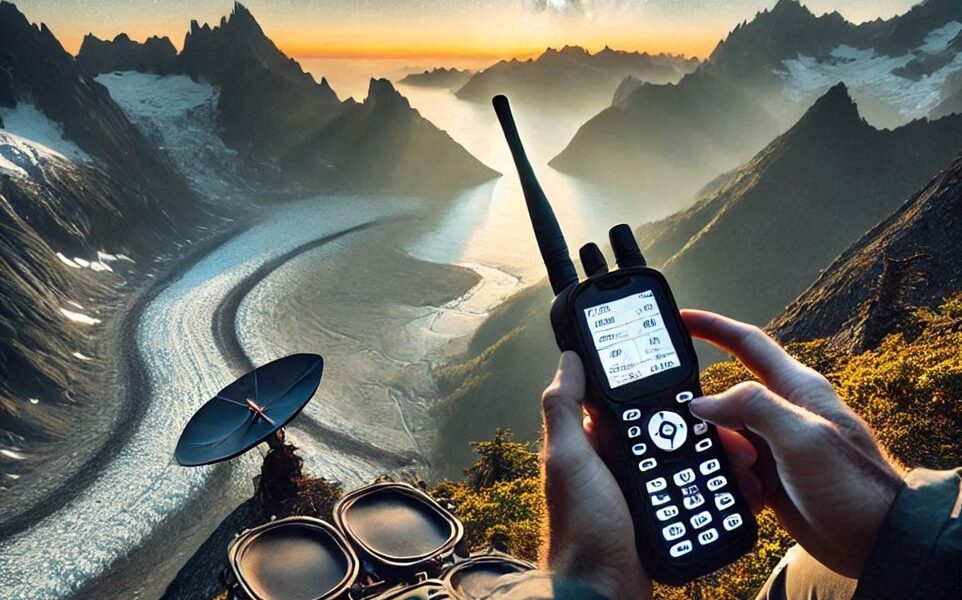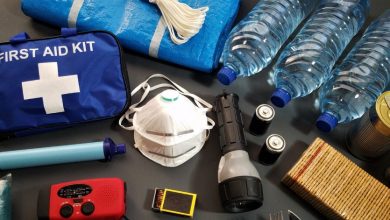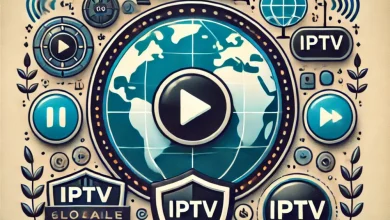The Evolution of Backcountry Communication: How Satellite Phones Are Transforming Adventure Safety in 2025

In an era where connectivity seems ubiquitous, there are still vast stretches of wilderness where traditional cellular networks fall silent. For outdoor enthusiasts, remote workers, and emergency responders, satellite phones have evolved from luxury items to essential safety tools. For those seeking guidance, comprehensive reviews of the best satellite phones in 2025 can help identify the most reliable options for specific needs. As we navigate through 2025, the technology behind these devices has made remarkable strides, offering unprecedented reliability and functionality for those who venture beyond the grid.
The Rising Demand for Reliable Backcountry Communication
Recent data from the Outdoor Industry Association indicates a sustained 23% increase in backcountry activities since 2023, highlighting the growing need for dependable communication solutions. This surge in outdoor adventures, combined with the rise of remote work opportunities, has catalyzed innovations in satellite communication technology.
Breaking Down the Technology: Why Modern Satellite Phones Matter
Modern satellite phones leverage advanced technologies that set them apart from their predecessors:
- Global Coverage Architecture
Today’s satellite networks utilize both Low Earth Orbit (LEO) and Geosynchronous Earth Orbit (GEO) satellites, creating a robust communication infrastructure. This dual-system approach ensures consistent coverage even in challenging terrains, from deep canyons to dense forests.
- Enhanced Power Efficiency
The latest satellite phones incorporate sophisticated power management systems, extending battery life up to 30% longer than previous generations. This improvement addresses one of the most critical concerns for backcountry users – maintaining reliable communication during extended trips.
- Integration with Smart Features
Contemporary satellite phones now offer seamless integration with weather forecasting systems, GPS navigation, and emergency response networks. This convergence of technologies transforms these devices from simple communication tools into comprehensive outdoor safety solutions.
Impact on Outdoor Safety and Adventure Planning
The advancement in satellite phone technology has significantly influenced how people approach backcountry adventures:
- Real-time Risk Management
Search and rescue organizations report a 40% improvement in response times when incidents involve users with modern satellite phones, compared to traditional emergency beacons. This enhancement in communication capability allows for more precise coordination and potentially life-saving decision-making in critical situations.
- Democratizing Remote Work
The reliability of modern satellite phones has enabled a new generation of digital nomads to work from truly remote locations. Companies are increasingly including satellite communication devices in their remote work policies, especially for employees who combine work with adventure travel.
Environmental Considerations and Sustainability
Modern satellite phone manufacturers are making significant strides in sustainability:
- Durability and Longevity
The latest devices are built with enhanced durability standards, reducing the frequency of replacement and electronic waste. Many manufacturers now offer comprehensive repair programs and extended warranties, promoting a more sustainable approach to outdoor technology.
- Energy Efficiency
Advanced power management systems not only extend battery life but also reduce the overall environmental impact. Solar charging capabilities have become standard features, aligning with the values of environmentally conscious outdoor enthusiasts.
Looking Ahead: The Future of Backcountry Communication
The satellite phone industry continues to evolve, with several promising developments on the horizon:
- AI Integration
Artificial Intelligence is being incorporated into satellite communication systems to predict potential coverage gaps and optimize connection quality based on terrain and weather conditions.
- Enhanced Data Capabilities
The next generation of satellite phones is expected to offer improved data transmission speeds, enabling more comprehensive communication options while maintaining the reliability essential for emergency situations.
Key Considerations for Potential Users
When evaluating satellite phones for backcountry use, several factors deserve careful consideration:
- Coverage Requirements
Understanding the specific coverage needs based on intended usage areas is crucial. Different satellite networks offer varying levels of coverage across global regions.
- Battery Life and Charging Options
Evaluate the device’s power consumption and charging capabilities in relation to your typical trip duration and access to charging sources.
- Emergency Features
Assess the emergency response capabilities, including SOS functionality, GPS accuracy, and integration with international rescue services.
Bottom Line
The evolution of satellite phone technology represents a significant leap forward in outdoor safety and communication reliability. As we progress through 2025, these devices continue to bridge the gap between adventure and security, enabling outdoor enthusiasts to explore with greater confidence and connectivity. The combination of improved technology, enhanced sustainability, and integration with modern features makes contemporary satellite phones an indispensable tool for anyone venturing into remote areas.
For organizations and individuals involved in outdoor activities, understanding and utilizing these advanced communication tools is no longer optional – it’s a fundamental aspect of responsible outdoor practice. As technology continues to evolve, we can expect even more innovative solutions that further enhance the safety and accessibility of backcountry adventures.





